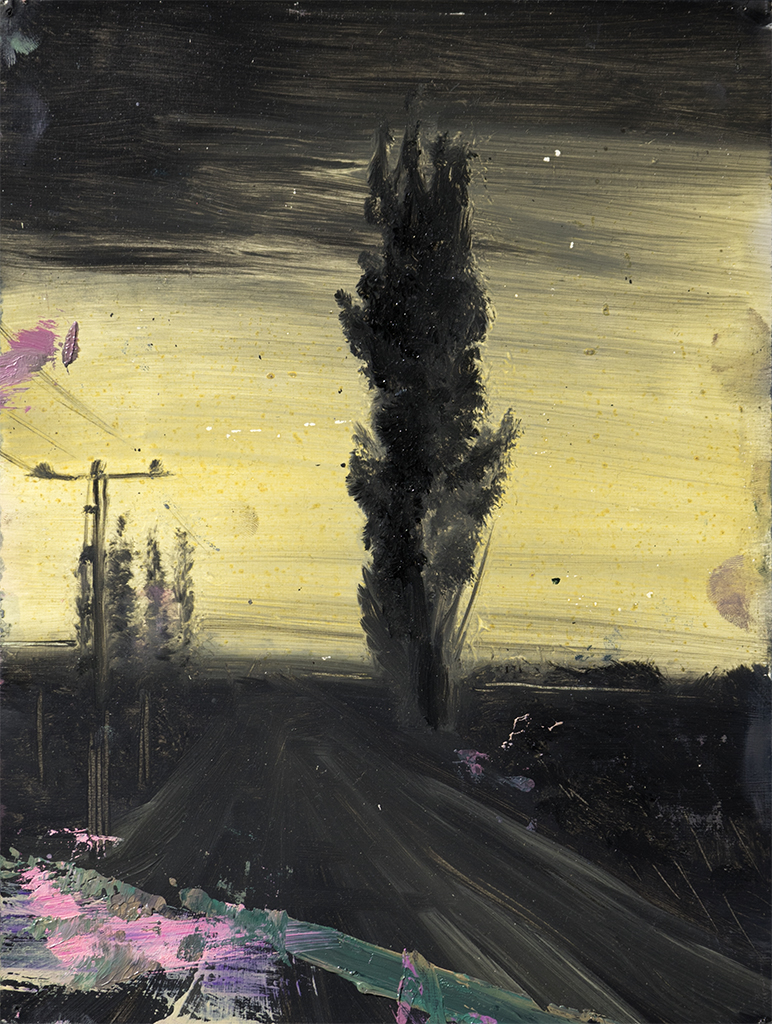
Mircea Teleaga has been working at Sarabande, Lee Alexander McQueen‘s foundation, this year. He was given studio space after completing his scholarship, which was provided by the foundation and granted by Jake Chapman, one of the many high profile artists, gallerists and creatives who select the prestigious scholars on behalf of the foundation. His work is dark and angsty—so obviously caught my eye whilst looking around the studios, as we are currently enjoying a season of “Summertime Angst“, courtesy of our latest issue. I asked the Romanian artist about darkness and light, and the influence of sci-fi on his sinister paintings.
How do you see the role of angst in your work? If at all!
I have been told by people that some of my works make them feel heavy and uneasy. A lot of people mention a sense of breathlessness. I don’t really know what to say about this. If there is angst, it just comes out in the works. I don’t plan it. I don’t really plan anything for that matter, although I am very interested in a bodily experience; in a feeling of being overwhelmed. I think I have to admit that I deal often with forms of Weltschmerz, but I try to avoid thinking about this.
Maybe this is why it is hard for me to see a role for it. I can only analyse my works up to a certain point. I try to give the works and the viewers a lot of freedom, and this is why my works can say more than I can.
“I focus on a warm darkness that I find very calming and comforting”

There’s a real play between light and dark in your paintings. How do you build this up? Can you tell me a little about your process?
My way of working is quite simple. In the beginning I do anything just to get some paint moving around on the canvas, and then I start reacting to that. There is a lot of that: reacting to things I have done already, and a lot of editing as well. Even the works that look very descriptive and representational are edited a lot but maybe in a more subtle way.
I have found myself using a heavy chiaroscuro in almost all of my paintings. I focus on a warm darkness that I find very calming and comforting. It starts from here and then all the problems of painting kick in; it’s either too dark or too cold or too bright. It’s always too much of something, and I react to that. I can’t plan too far ahead and I find myself fascinated by what is happening at a particular moment on the canvas and I will just follow that particular train of thought and see where it goes. It is very much like following the white rabbit.
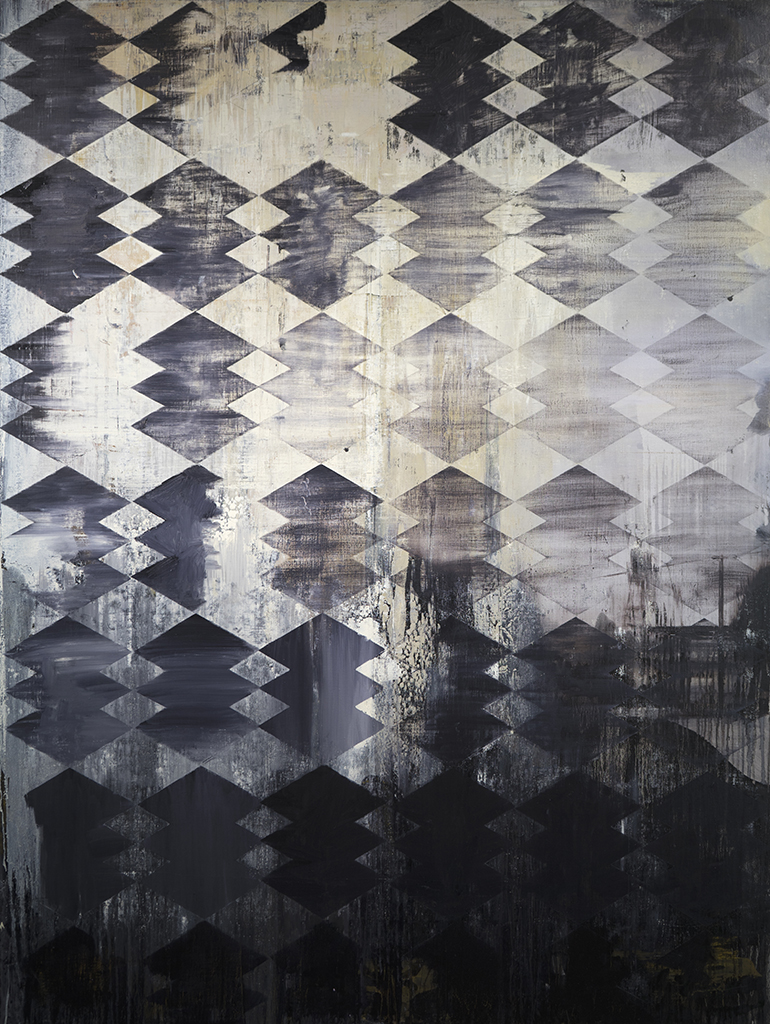
How do you decide on the manmade structures that appear in your works? Are these scenes created from your imagination or are you interested in real-life and photographic source material?
Some places are completely imagined, some are based on or derived from places I have seen and experienced. More and more I realize how important it is for me to actually experience a place. I find experiencing a place to be an amazing thing; something gets stored inside. At some point when I paint, even after a few years, that thing comes out and puts me in a particular mood or the same mood I originally experienced around the place.
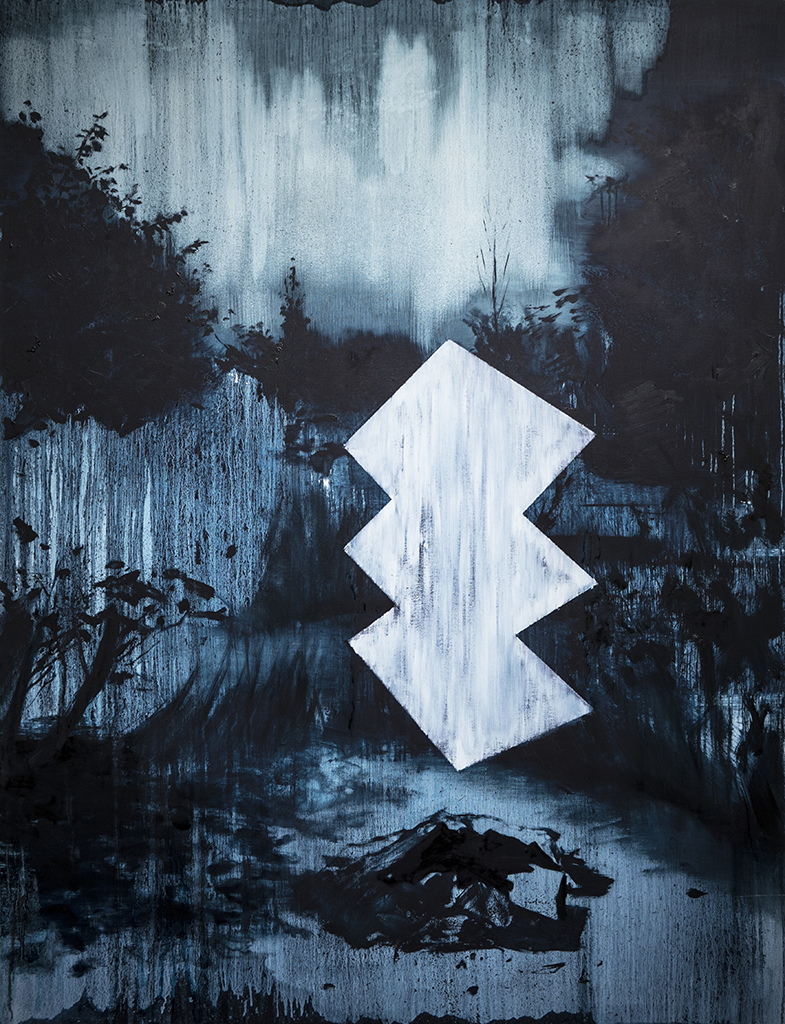
I take a lot of photos as well; all kinds of photos: analogue, digital, with my phone—l’ll try to use anything that has any sort of impact on me just to start painting. It’s not like everything needs to have a huge impact. Sometimes I start just from a snapshot that I didn’t pay too much attention to. After that, who knows?
I am very particular about the kind of structures that go into my works, and in general with anything that might be labelled as figurative. I think there is an essential quality that they all share and that might be their generality/anonymity. They need to have a certain presence in the landscape as well. It is quite difficult to say what exactly, but I know it when I see it.
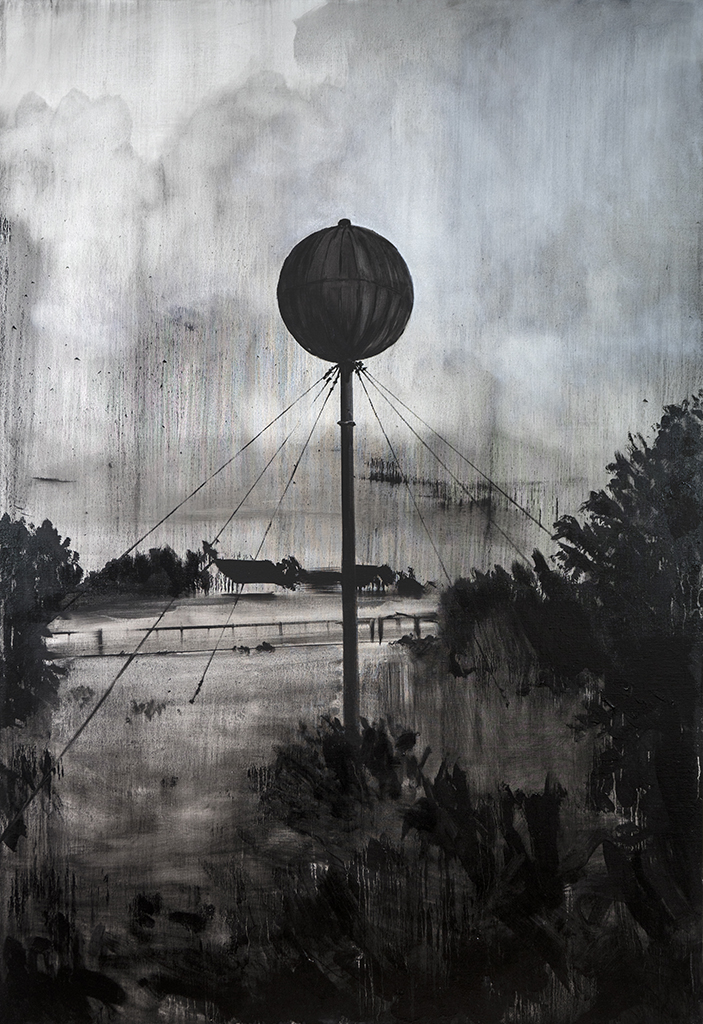
Your paintings feel as though they have a filmic quality—they especially remind me of American thriller and sci-fi scenes. Is this something you see in your images?
I am a big fan of films. I love watching films. And yes, I love the imagery of Hitchcock, Kubrick, Lynch, Kurosawa and so many more. I don’t intend to, but I guess it is impossible not to be heavily influenced by this since I spend so much time with films. I really like to see exciting imagery in film. One of my favourite films, not only from an aesthetic point of view, is Blade Runner, and I think I have been very influenced by it as I grew up watching it regularly, and I still do. I could talk about films for hours; it’s one of my favourite things to talk about.
“I love sci-fi especially because it shows that we as humans have to pretend to be something else or somewhere else in order to accurately describe what our general issues are”
I do read a lot of sci-fi, especially Philip K Dick and Frank Herbert. I am sure they have also left some kind of dent. I am very fascinated by things that do not make sense from a narrative point of view. Renouncing a narrative logic can be one of the most liberating things.
I love sci-fi especially because it shows that we as humans have to pretend to be something else or somewhere else in order to accurately describe what our issues are.
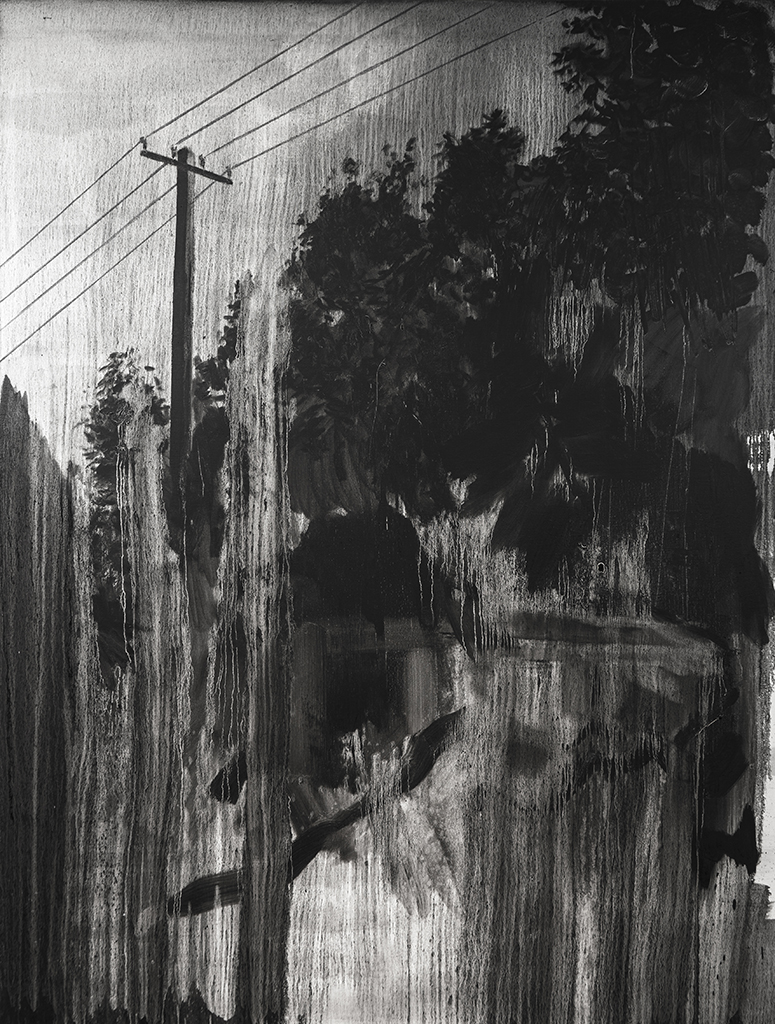
You were selected by Jake Chapman for your scholarship with Sarabande. Do you feel an affinity with his work?
There are many aspects of the Chapman Brothers’ work that I empathize with and I know we have a lot of common points. There are also a lot of things that we do differently in our approaches though. In other words, I think that when I see their work I know where they are coming from and that initial starting point is very familiar to me.





